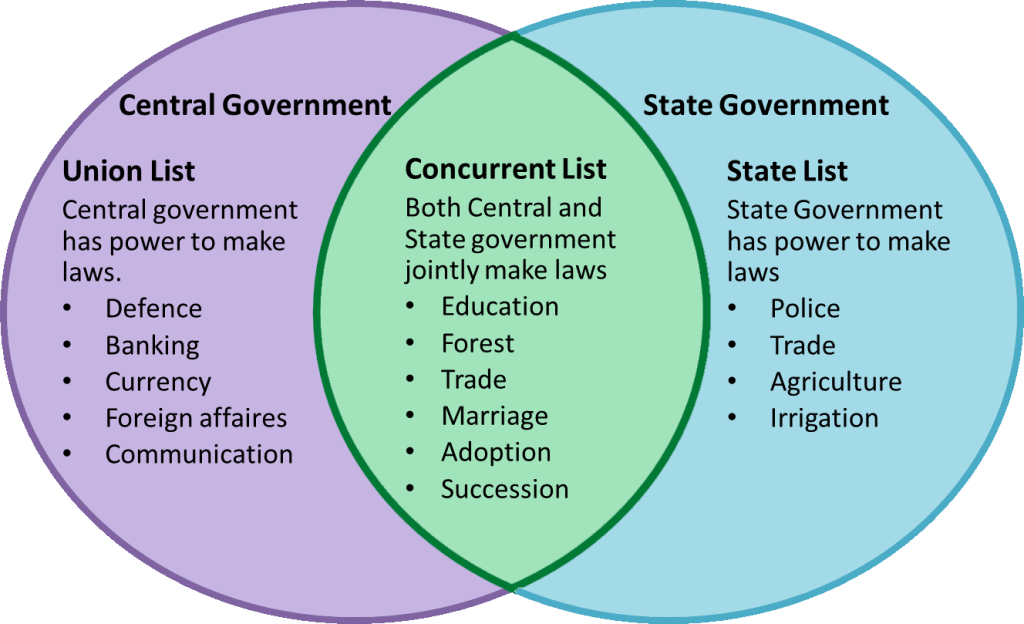Background
My blog on healthcare investments in India heatmap 2021 States Heat Map | Kapil Khandelwal (KK) has shown the gaps in healthcare delivery system in the different states of India. Also over the last year, India’s health infrastructure came under considerable strain in 2020, with over 20 million Covid cases and perhaps over a million requiring hospitalisation. We have observed how each of the states of India have responded to the Covid Crisis and the variability of the best practices implemented by each of the states whether it is immunization for Covid Covid Politics | Kapil Khandelwal (KK) or the digital health initiatives Sustainability of Digital Health | Kapil Khandelwal (KK). Moreover, the passage of the Telemedicine Practice Guidelines and the National Digital Health Mission regulations, last year, would require the country needs unified implementation of healthcare policies and programs with minimal leakages and cost of administration at the state level.
Recently, a high level group has recommended the 15th finance commission to bring health under concurrent list and declaring health as a fundamental right. This recommendation would Bringing health into the Concurrent list would give the Centre greater flexibility to enact regulatory changes and reinforce the obligation of all stakeholders towards providing better healthcare. I completely endorse the recommendation. Here are some of my reasons.

Look what’s happening to the Police?
Recent police involvement in extortion and misuse of their powers have clearly shown that States can misuse their political powers in delivering pubic safety and security to their population. We have seen in the past similar political interventions by the States in curbing healthcare for vested political interests. Politicalisation of health would be curbed by this move.
Promote Private Investment in Healthcare
Our recent heatmap on investments in healthcare attractiveness for the States shows that top-10 states would attract over 70% of private healthcare investments. Many high-end tertiary and quarternary care investments have catchments beyond the State and National boundaries. Such investments get stuck in local and state-level politics for regulatory and other approvals. The bottom 12 States have to practically fend for themselves and are on YOYO (you are on your own) effects. High-level Center’s intervention would remove such imbalances.
National Healthcare Emergencies and Pandemics
The last year’s Covid Crisis has clearly paved the way for a concerted National level Program for Healthcare and justifies the move to a Concurrent List for Healthcare in India.
Other Justifications from Experts
Low healthcare spending
India’s government spends only 1% of GDP (Gross Domestic Product) on health (Ministry of Health and Family Welfare), of which 80% is raised and spent by the states themselves. Achieving a public health expenditure of 2.5 % can be done by bringing health under concurrent list.
Indigenous practices
States do minimum to preserve indigenous healthcare systems and practices. Bringing health under concurrent list would allow Centre to spend in a better way to preserve indigenous systems of medicine, like Ayurveda.
Cooperative federalism
Health Under concurrent list will further the spirit of cooperative federalism. State-level Policy implementation regarding the health sector has underperformed and is plagued by poor quality and corruption. With health as a part of the concurrent list, the government can ensure a better healthcare system by working with states in a better way.
Better policy implementation
With health under concurrent list, the central and state governments would find a way to collaboratively design better policies and better implementation of union government initiatives. For example, a health scheme launched by the centre is implemented by states and funded by them makes its implementation poor.
Promote Universal Health Coverage
The key objective to promote Universal Healthcare Coverage in India are pivoted on the key axis which will be accelerated by this move
- Social justice: A fundamental right is justiciable. Once health is made a fundamental right the citizens can approach the courts for its violation. It can prevent poor from being denied basic health services on basis of various factors like race, religion, caste etc.
- Unaffordable health system: The large number of people still living below the poverty line in India. Thus the affordability of quality healthcare is a problem and needs to be addressed.
- Discrimination: Cultural differences such as social, cultural, and linguistic barriers may prevent patients from accessing care. E.g. minorities may face discrimination in accessing quality health services.
- Increasing risks: Environmental challenges, which include unsafe streets, asthma exacerbated by air pollution, leading to unnecessary hospitalisation and minimal or no spaces for physical activity or exercise all add to risk to health of millions of poor.
Accelerating Digital Health Initiatives
The Telemedicine Practice Regulations and the National Digital Health Mission would increase the complexity of regulating Digital Health in India if the current status quo continues. Imagine a situation where the technology infrastructure for digital health is hosted in a certain state, the doctor delivering the virtual health services in another state and the consumer in a third state? Which State will command the hegemony in such a case? Moreover, there are Centrally controlled Ministries which also regulate sectors such as Telecom and IT which will regulate digital health. There would be a barrage of court cases when we would have to adjudicate who has the right to regulate in such circumstances.
The move to move healthcare to the concurrent list is therefore the right move!

